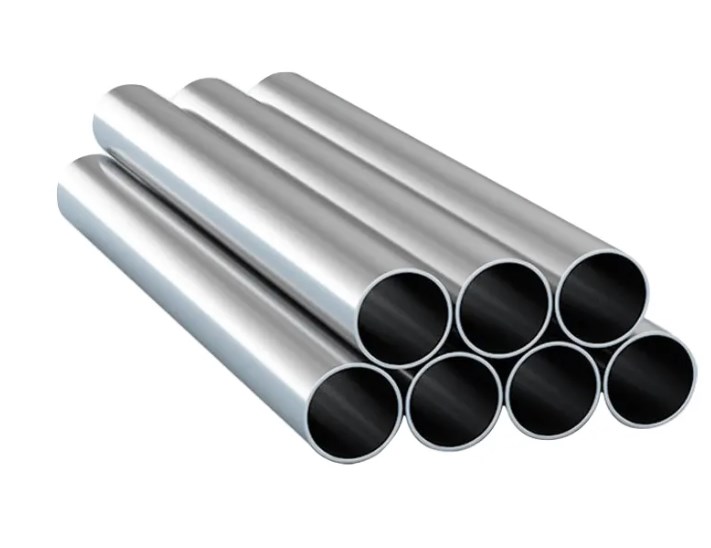High-Speed Steel vs. Tungsten Steel

Join Eric Smith at Stanford Advanced Materials as he discusses the differences between High-Speed Steel (HSS) and Tungsten Steel with David Johnson, a materials engineering expert. This episode explores the unique properties of these two materials, including their composition, heat resistance, hardness, and cost-effectiveness.
Learn about the specific applications where HSS excels, such as general-purpose cutting tools, and discover why Tungsten Steel is the go-to choice for applications requiring exceptional hardness and durability at high temperatures. Whether you’re in manufacturing, mining, or industrial design, this episode provides valuable insights for selecting the right material for your needs.
Want to dive deeper into material science topics? Send an inquiry or connect with us on our social media channels.
Hello and welcome to the Stanford Advanced Materials podcast, where we explore the latest developments and insights in materials science. I'm your host, Eric Smith. Today, we're diving into a topic that's crucial for many industrial applications: High-Speed Steel versus Tungsten Steel. Joining us to shed light on this subject is David Johnson, an expert in materials engineering with extensive experience in cutting tools and industrial applications. Welcome, David!
Thanks, Eric. It's great to be here and discuss such an important topic.
Let’s start with the basics. High-speed steel, or HSS, is a material that's widely used in cutting tools. What can you tell us about its composition and key characteristics?
High-speed steel is a type of tool steel known for its ability to maintain hardness at high temperatures. It’s an alloy steel that includes elements like tungsten, molybdenum, chromium, vanadium, and cobalt. These elements enhance its hardness, wear resistance, and heat resistance. HSS is particularly valued for its red hardness, meaning it retains its hardness and cutting ability even when temperatures rise to around 500°C.
That’s fascinating. And what are some common applications of HSS?
HSS is used in a variety of cutting tools, such as lathe tools, drill bits, saw blades, and milling cutters. Its durability and ability to withstand high-speed machining operations make it ideal for these applications.
Great, now let’s talk about Tungsten Steel, or as it’s sometimes called, tungsten carbide. How does it differ from HSS?
Tungsten Steel, or cemented carbide, is known for its exceptional hardness and wear resistance. It’s made from tungsten carbide and cobalt, with tungsten carbide making up about 99% of the composition. This material is produced through a sintering process, which gives it a grain size ranging from 0.2 to 10 microns. Tungsten Steel maintains its hardness at temperatures up to 1000°C, making it suitable for extremely high-temperature cutting operations.
That’s impressive. What are the primary uses for Tungsten Steel?
Tungsten Steel is used in applications that require cutting through very hard materials. This includes milling cutters, drill bits, and turning tools. It's also used for wear parts in industries like mining and drilling due to its durability and resistance to wear.
Let’s compare these two materials. How do they stack up in terms of heat resistance, hardness, and cost?
In terms of heat resistance, Tungsten Steel outperforms HSS. HSS retains its hardness up to around 500°C, whereas Tungsten Steel can handle up to 1000°C. When it comes to hardness, Tungsten Steel is significantly harder and more wear-resistant than HSS, but this increased hardness also makes it more brittle. As for cost, HSS is generally more affordable and easier to work with compared to Tungsten Steel, which is more expensive due to its complex manufacturing process and raw material costs.
What about flexibility and versatility?
HSS offers more flexibility, making it suitable for a wider range of applications. It’s more forgiving and can be used for various cutting and shaping tools. Tungsten Steel, while specialized, excels in applications requiring extreme hardness and heat resistance.
To wrap up, what should listeners consider when choosing between High-Speed Steel and Tungsten Steel?
It depends on the specific application and requirements. HSS is ideal for general-purpose tools that need to balance durability, heat resistance, and cost. Tungsten Steel is best for applications that require exceptional hardness and can handle extreme temperatures, but it's more expensive and brittle.
Excellent points. Thanks for joining us, David, and for sharing your insights on these two materials.
It was my pleasure, Eric
And thank you to our listeners for tuning in. We hope you found this discussion on High-Speed Steel and Tungsten Steel informative. Until next time, this is Eric Smith from Stanford Advanced Materials.

